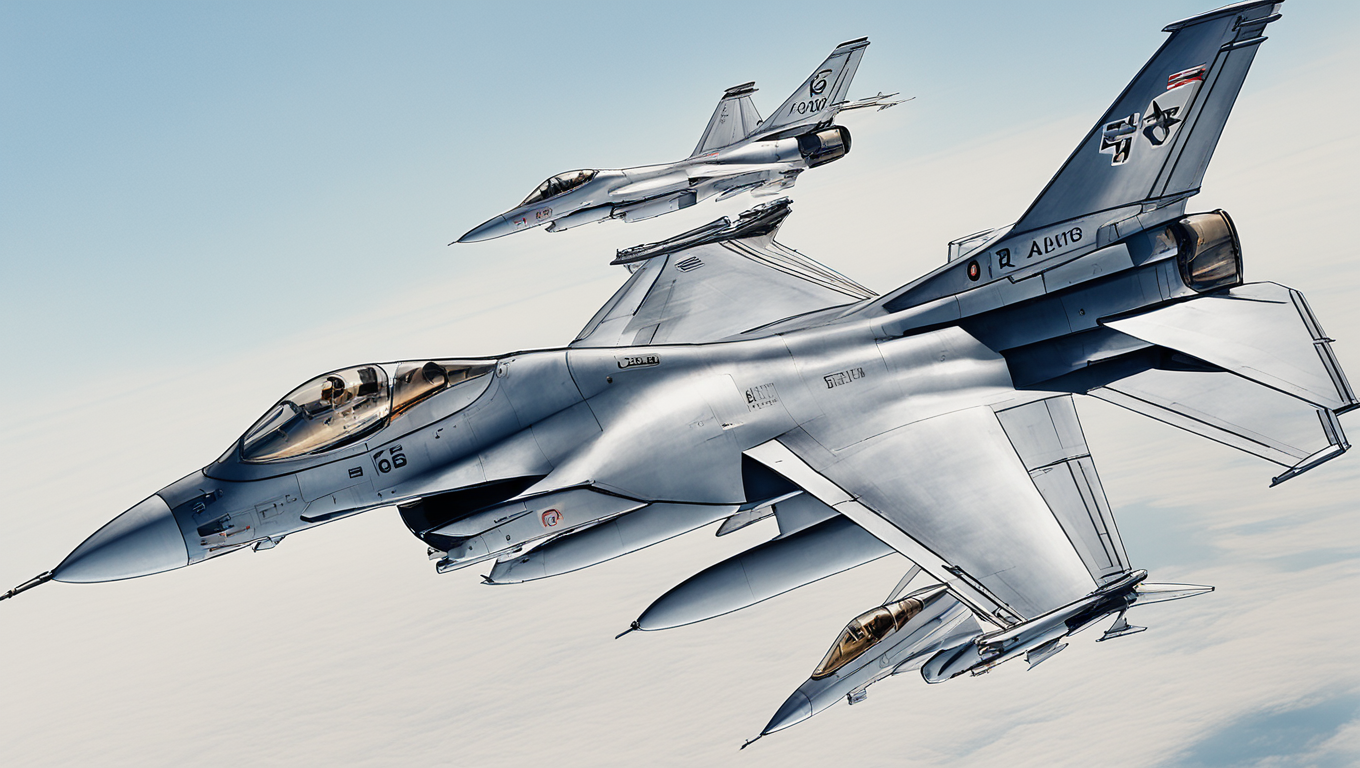China’s concerns are mounting as the United States continues to make strides in developing an AI-powered fighter jet that could potentially surpass the reaction times of human pilots. The recent flight of a modified F-16 powered by artificial intelligence has raised eyebrows in Beijing, with analysts speculating on the future of unmanned warplanes and the implications for air combat.
During the flight, US Air Force Secretary Frank Kendall experienced the AI-powered F-16’s lightning-fast maneuvers and its ability to fly at speeds of up to 550 miles per hour. The aircraft even engaged in a simulated dogfight with a human-piloted F-16, demonstrating its impressive capabilities. Kendall himself acknowledged the potential of AI-controlled fighters, stating that the AI-powered jet performed on par with a human pilot with thousands of hours of experience.
Chinese military analysts, while recognizing the enhanced maneuvering capacity of AI-controlled F-16s, believe that the United States still has a long way to go before employing this technology in real air-to-air combat. Beijing-based military analyst Fu Qianshao pointed out that extensive machine learning would be required for AI-controlled jets to master air combat tactics, target analysis, and weapon deployment. These complex tasks are not easily achieved by an automated platform, especially in large-scale air battles.
Despite the challenges, Chinese analysts acknowledge the significance of AI in future combat scenarios. China has also been developing its own unmanned warplanes and conducting tests on simulators. State media quoted Chinese military analyst Shao Yongling as saying that AI could be “game-changing” for future combat. China’s J-10, a rival to the F-16, has garnered attention as both countries strive to develop advanced AI-controlled aircraft.
Hong Kong-based military analyst Leung Kwok-leung emphasized the need for China to closely monitor the United States' progress in developing AI-controlled F-16s. While the technology is not yet perfected, the US Air Force plans to have a fleet of over 1,000 AI-enabled unmanned warplanes by as early as 2028. Leung suggested that China might take a different approach and develop new AI-led unmanned warplanes rather than applying the technology to existing aircraft.
Shanghai-based military analyst Ni Lexiong highlighted the potential cost benefits of AI-enabled unmanned jets, stating that they could reduce human losses on the battlefield. Training pilots is a costly and time-consuming process, and by shifting to AI-controlled warplanes, countries could minimize the risks faced by human pilots in combat.
As the development of AI-powered fighter jets continues to progress, China is keeping a close eye on the United States' advancements. Both countries recognize the potential advantages and challenges that AI-controlled aircraft pose for future air combat. The race to develop more advanced and capable unmanned warplanes is well underway, and the outcome will undoubtedly shape the future landscape of aerial warfare.





Use the share button below if you liked it.